What a Non-Christian Taught Me about the Gospel
A number of years ago, a young woman came to our church for counseling and talked to me. She poured out her story of disappointment with her husband’s unfaithfulness, his unwillingness to change, and the mess her life had become, not only because of him but also because of her own unwise choices. She felt she was in a hole and wanted to know how to get out and begin afresh. While she was sharing and I looked into her searching eyes, I was asking myself and God how he and the healing he alone could bring might fit into her life. I knew she needed Jesus and the forgiveness and hope he would give, but I struggled with how to tell her she needed him. How did “accepting Jesus as her Savior” fit into the prospects that her past life would not continue to make her its slave? In short, how did the Gospel offer a new light to her path?
As I continued to think about what to say to her—though this was only a brief few minutes in the counseling session—it seemed that immediately inviting her to ask God for his forgiveness wasn’t the solution to her problems. Indeed, as I thought and prayed about what counsel to give her, it didn’t seem like the typical “altar call” invitation to accept Christ would be understood by her because of her lack of background in the Christian faith. She had not come for “religion” but for a solution to her life that she considered a mess.
Yet, I was a pastor and a Christian counselor. The struggle in my mind as I listened to her difficult story forced me to ask some of the hardest questions about my understanding of the gospel and Christianity. I think in those moments, God was doing something in me, something that would radically change my thinking from that time on. It is easy to say, “Jesus is the answer!” but the question that was pulsating in my mind was “How does God—especially, the message of salvation—fit into this young lady’s mess (damage, brokenness) and offer a future and a hope?”
I had been reading a book by Scott McKnight (The Gospel of the Kingdom)[1] in which he was debating where a person ought to begin in explaining the Gospel, the good news about God’s transformation in the lives of his people. He noted that far too often, Christians begin with the account of Jesus’ death as our substitute and the forgiveness that he made possible. But as I sat there with this young lady in my office, my mind said that was not the place to begin to guide her and help her find a new direction, new hope, a new chapter in her life. Then, I remembered McKnight’s words: The Gospel must begin with Adam and Eve’s fall in the garden. The perfect—sinless couple, undamaged, “innocent” as they came from the creative hand of God—became, like all of us, rebels. They freely chose to spurn God’s recipe for living in the paradise in which God had placed them. But from eternity past, God had a plan. He knew that his creatures (then and ever since then) would need a way of restoration, a restoration that was a path of healing for disobedience and the consequent damages. His plan begins with their (and our) acknowledgement that they had gone their own way, that they had chosen a way to live “better” than God’s. This rejection of the Creator’s design was and is a personal affront to God. This the Bible calls “sin.” And such choices have consequences; sometimes as the shipwreck, it makes in our lives, but—beyond that—our rebellion has put us in serious jeopardy with God. Though he loves us, his creatures as no one else does or ever will—he is a God of justice and must punish our sins. Punishment doesn’t sound like love, but here is where the good news begins.[2] He will be our judge, but he also wants to be our benefactor, offering us forgiveness because his beloved Son took on himself our punishment, the consequences of our sin. His forgiveness is a gift he offers for all.
Thus, the beginning of our restoration is seeking, asking for the forgiveness Jesus died to make possible, resting in God’s punishment of his Son for a restored standing with him. But God does something beyond forgiveness. He makes us his children; he adopts into his family, and though we (sadly) will and do disobey again, he has committed himself by his Spirit to take our brokenness and lead us to restoration and healing, a healing that follows the path Jesus taught. Jesus said his teachings were not “new,” but were in the Old Testament Scriptures. What in particular? A scribe asked that very question:
“What is the Greatest Commandment?” His response: “You shall love the Lord your God with all your heart and with all your soul and with all your mind. 38 This is the great and first commandment. 39 And a second is like it: You shall love your neighbor as yourself” (Matthew 22).
Our mission statement as new children of God is to do these two: to love God with our whole being (to love what he loves; to think how he thinks—which is discovered by reading and reflecting on the Scriptures; to be what he is: “holy,” set apart for God’s use; and to do what Jesus did.), and to love our neighbor as ourselves.
Restoration for this young lady—and for us—(1) begins with a brokenness because she/we have rejected God’s way (even if we did not do it knowingly); (2) progresses with asking God for his forgiveness; and (3) continues by depending on God’s power (the Holy Spirit) to restore her/our life to God’s ideal. The following illustration pictorially summarizes McKnight’s concept:
This is the new way, and it can be best lived in a “new community” with other children of God who are committed to the same mission: God’s mission. Dieter Zander put it well when describing his mission, he said:
This…work…[is] to form communities of people that produce apprentices of Jesus who live in the gospel and communicate and draw others in a matter of course to the way they live…. [Far too often, echoing Dallas Willard] the gospel is informing how we die. Instead, the gospel ought to be about how we live! A lot of church people don’t know the relationship between the gospel of Jesus and how we are to live…. Their belief is that they try to believe in Jesus so that when they die, they get to go to heaven. Populating heaven is the main part of the gospel. Instead, the gospel is about being increasingly alive to God in the world. It is concerned with bringing heaven to earth.
God’s plan, then, is not only for people to find forgiveness (the beginning) but for wholeness and restoration to God’s image. This gives broken people hope. Because of Jesus, they can be forgiven. Because of the Spirit, there can be transformation. And because of the relationship with other children of God, she/they can be inspired to live out their commitment to God before a watching world.
Notes
[1] Two other seminal resources are Dallas Willard’s, The Divine Conspiracy and N. T. Wright’s, Jesus and the Victory of God and The Challenge of Jesus: Discovering Who Jesus Was and Is.
[2] Eddie Gibbs and Ryan K. Bolger, Emerging Churches, 44: “Clearly, the gospel is not restricted to a message giving an individual assurance about eternal destiny. It is minimally that, but it is much more, being concerned as much with life before death as with life after death. When people are reconciled to God through Christ, they become a ‘new creation’ (2 Cor. 5:17). They first experience God’s reconciliation, often in community, which results in a life of radical transformation. The primary reference point is no longer their former alienation but their present and future identification as part of God’s new order, which was inaugurated with the first coming of Christ.”
Recommended resources related to the topic:
Tactics: A Game Plan for Discussing Your Christian Convictions by Greg Koukl (Book)
Practical Apologetics in Worldview Training by Hank Hanegraaff (Mp3)
The Great Apologetics Adventure by Lee Strobel (Mp3)
Defending the Faith on Campus by Frank Turek (DVD Set, mp4 Download set and Complete Package)
So the Next Generation will Know by J. Warner Wallace (Book and Participant’s Guide)
Reaching Atheists for Christ by Greg Koukl (Mp3)
Living Loud: Defending Your Faith by Norman Geisler (Book)
Fearless Faith by Mike Adams, Frank Turek and J. Warner Wallace (Complete DVD Series)
David Oldham graduated from the University of Illinois (BA), received an M.Div. from Trinity Evangelical Divinity School, and D.Min. from Fuller Seminary (2000). He has done post-doctoral with Dallas Willard (Course: “Spiritual Formation”). For 42 years, Oldham was a pastor in the Evangelical Free Church of America and then spent 3 years as a missionary in Honduras.
Original Blog Source: http://bit.ly/2pyYknW



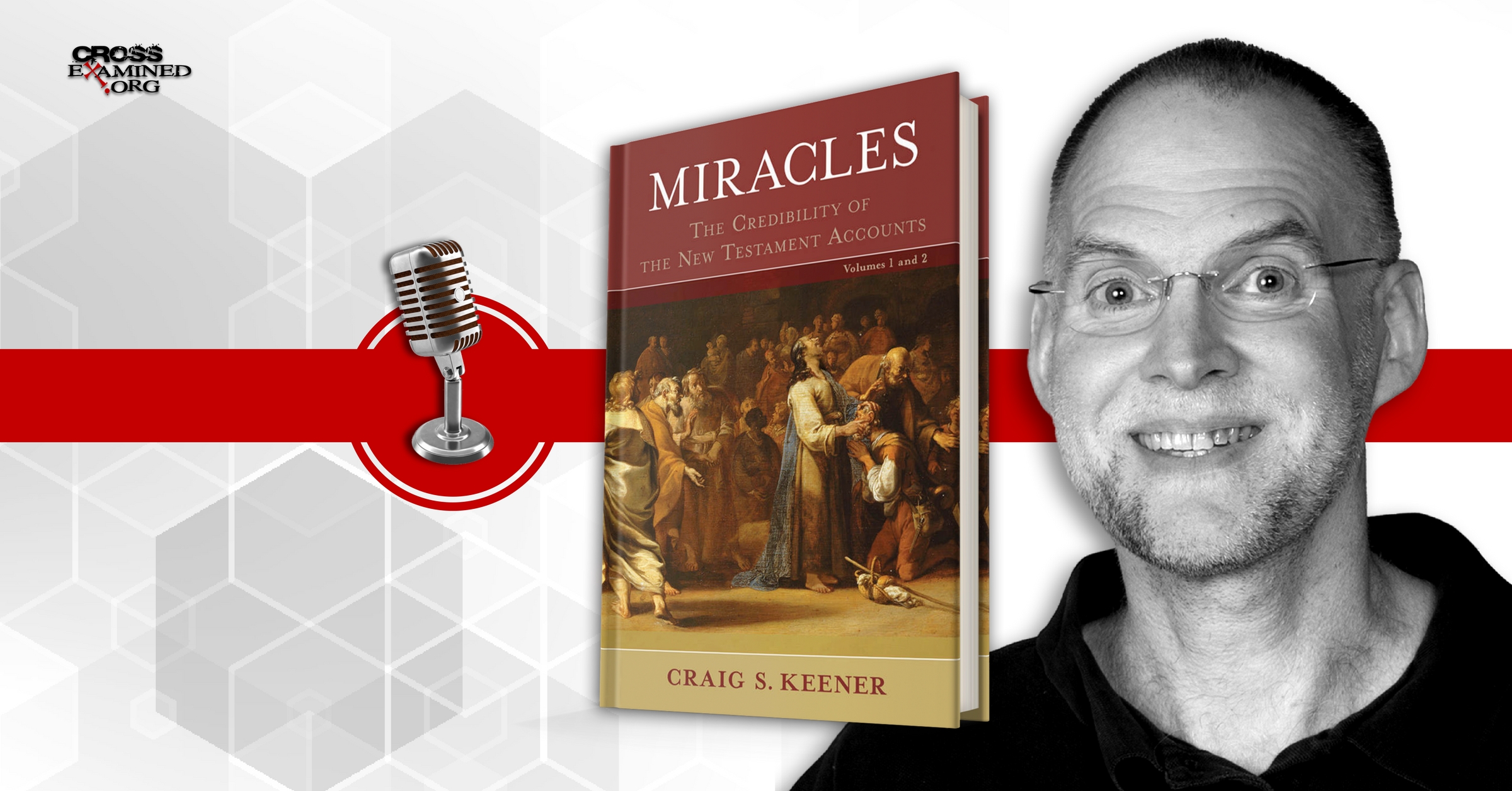

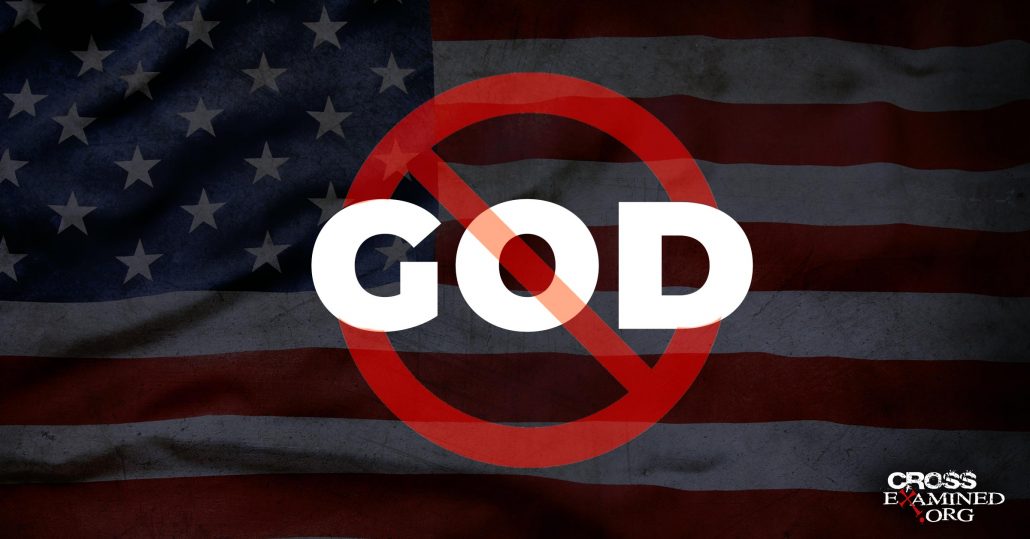

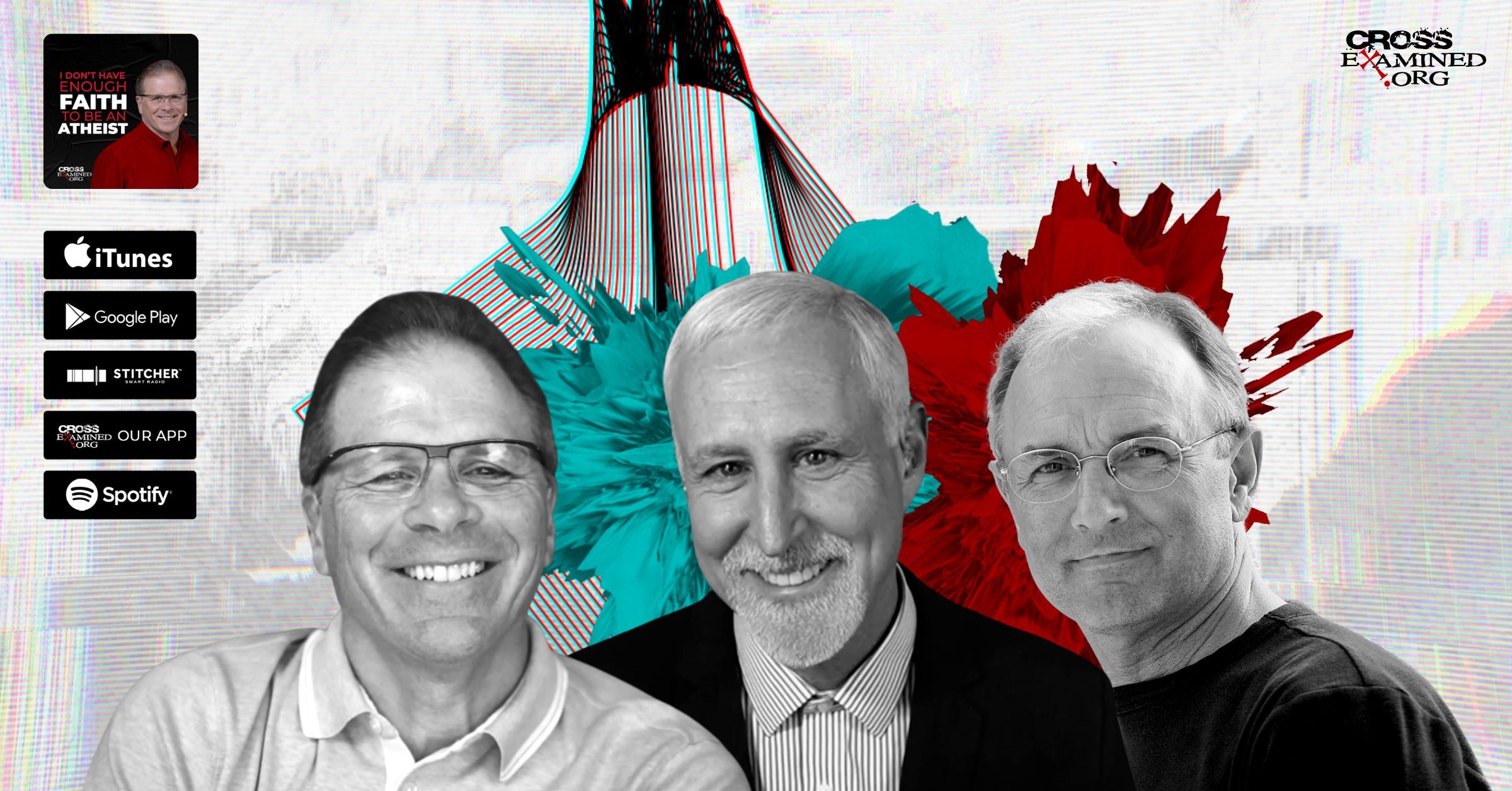

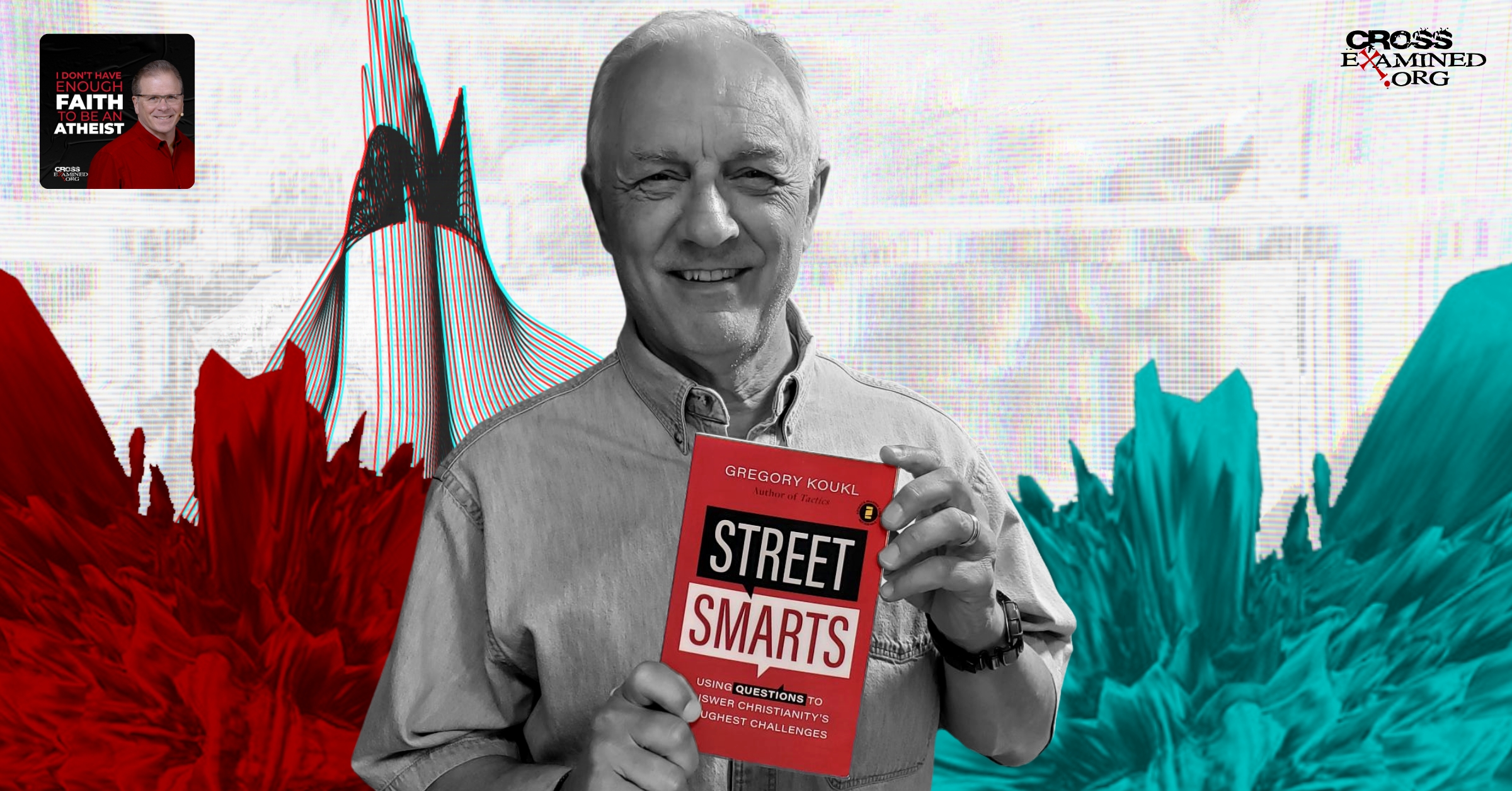
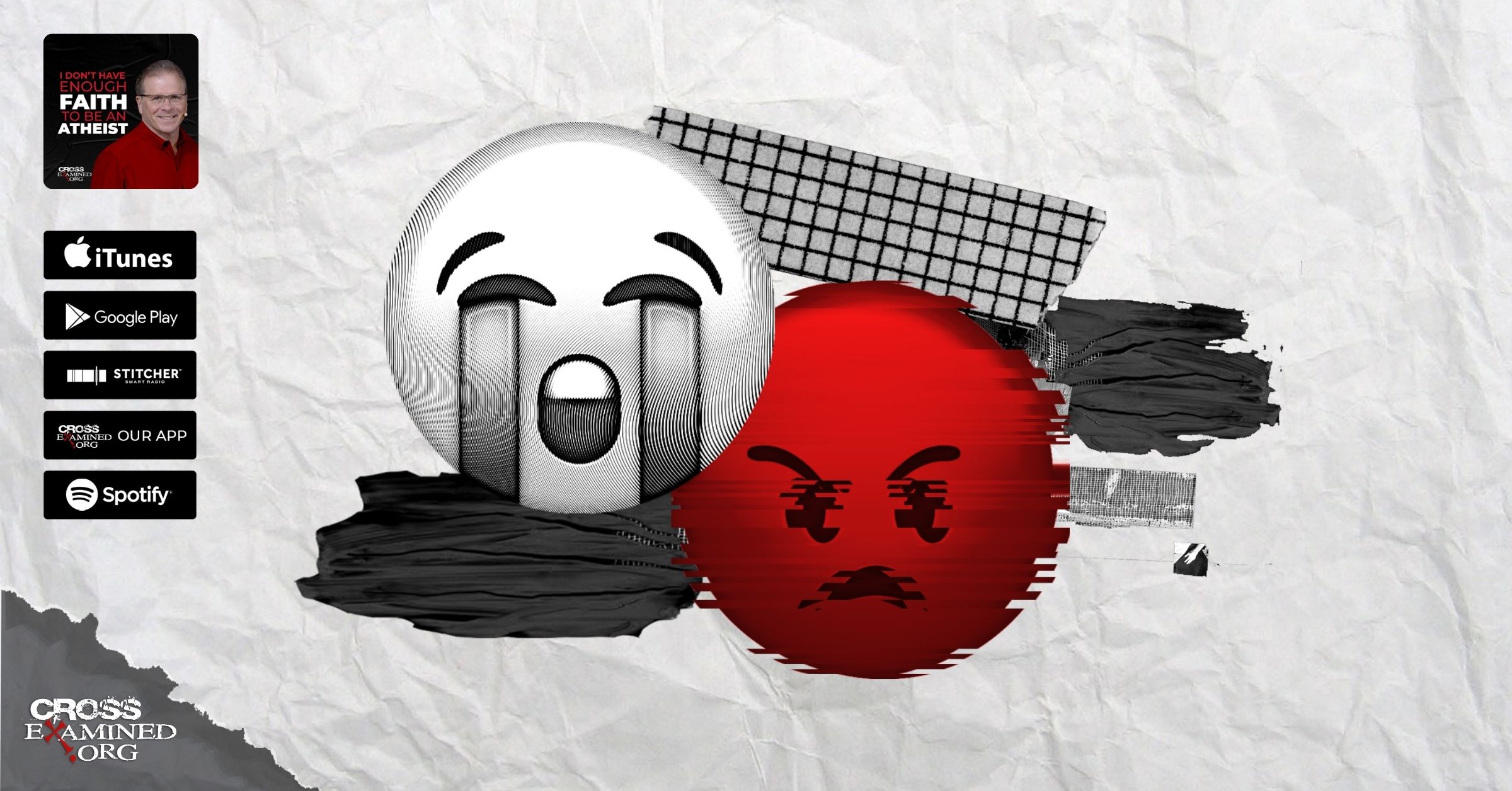

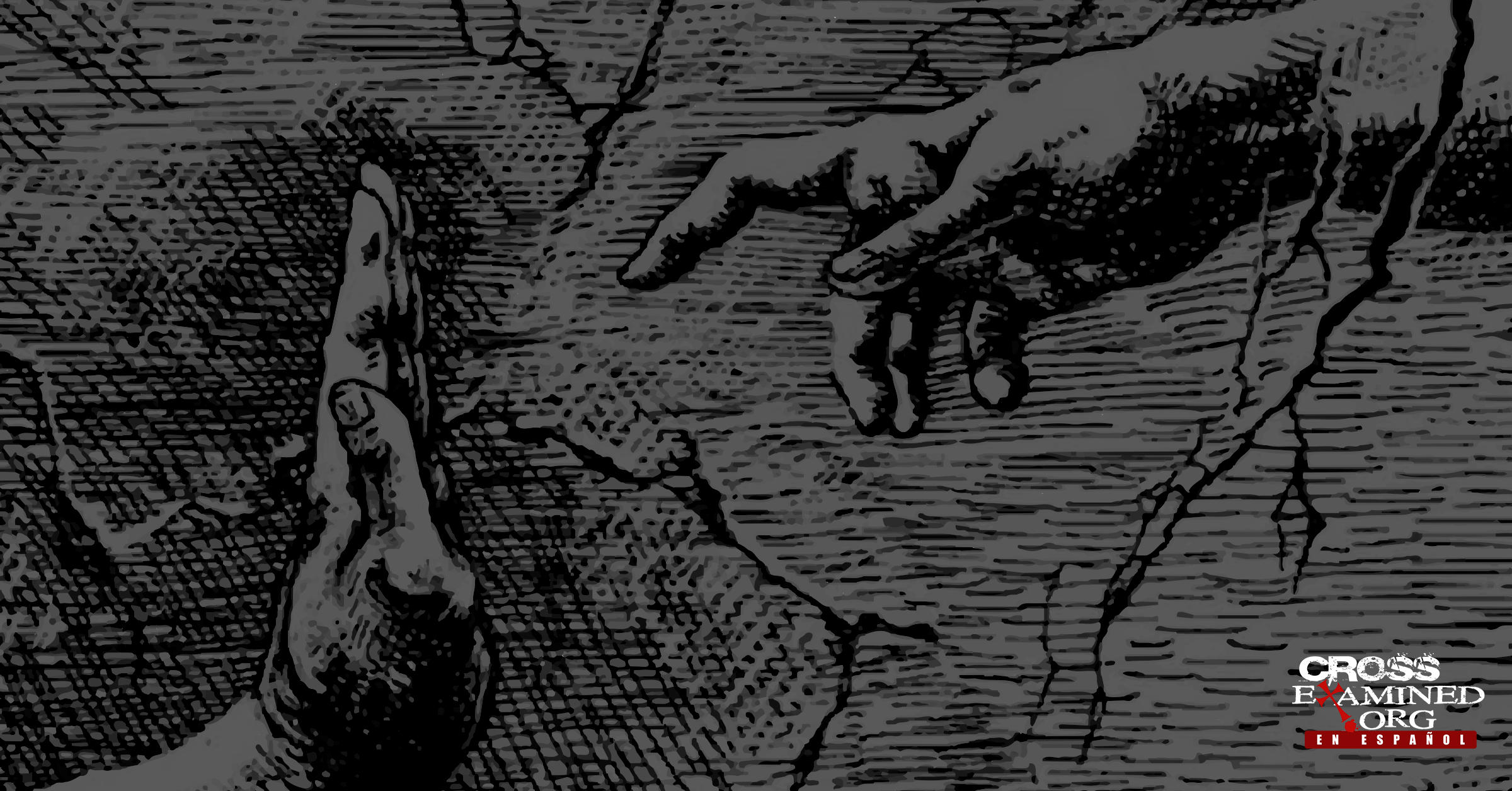
Leave a Reply
Want to join the discussion?Feel free to contribute!